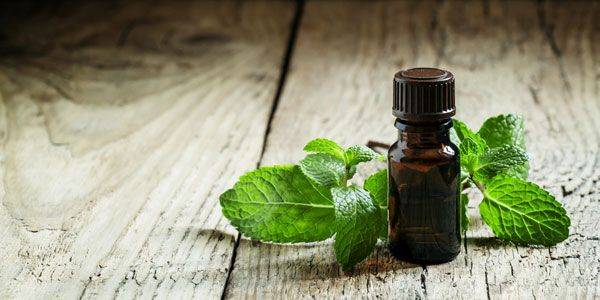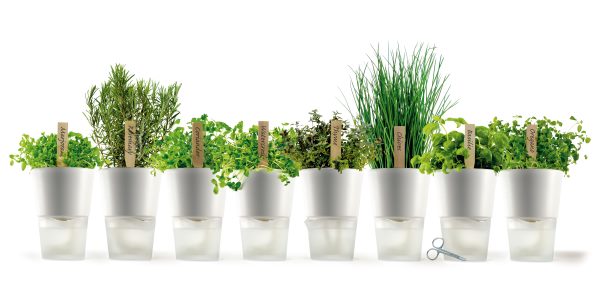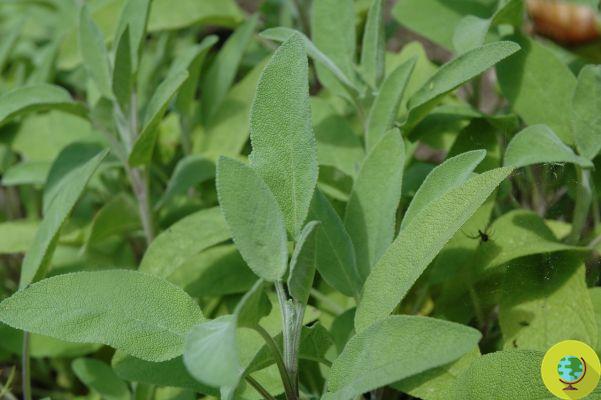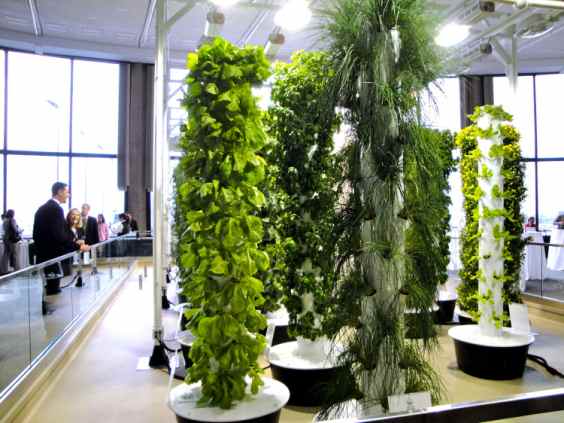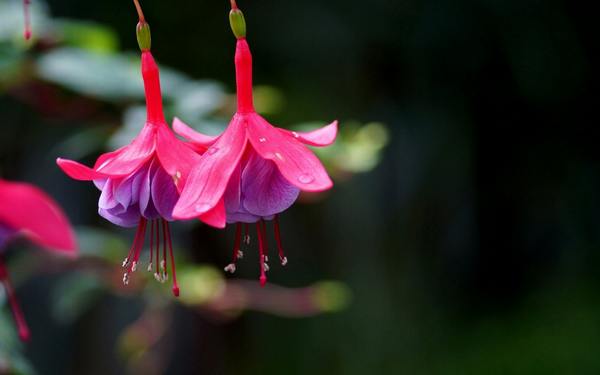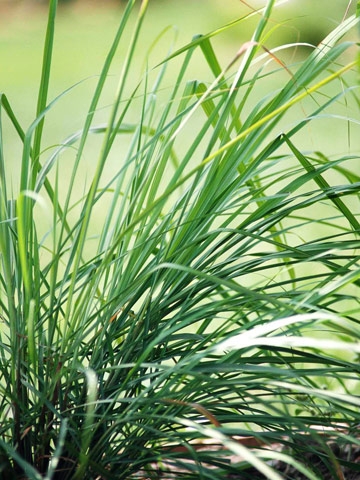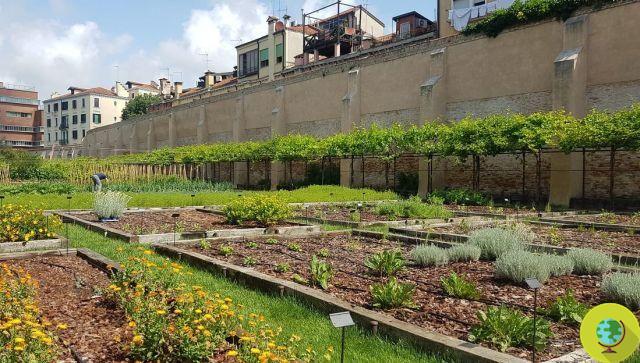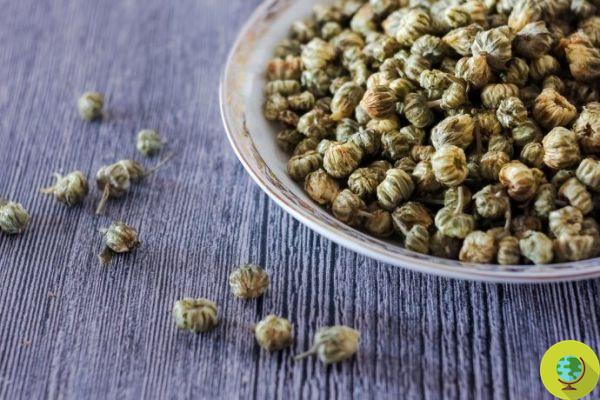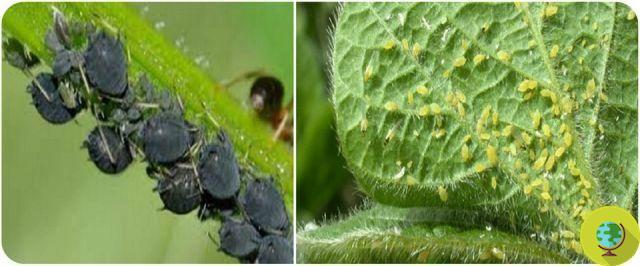Find out what the irresistible and intoxicating scent of lavender depends on. A study revealed what lies behind the smell of lavender.
He is about to end up run over, his mother saves himFind out what the irresistible and intoxicating scent of lavender depends on. A study revealed what lies behind the smell of lavender.
Scientists explain the genetics of what makes the smell special lavender.
This beautiful flower was used to create perfumes and essential oils since time immemorial. But what makes this flower so special? What are the "magic" compounds that give it its unique fragrance? What is the genetic basis of these compounds? These questions have long puzzled scientists.
To uncover the answers, a group of Chinese researchers sequenced the genome of lavender, known in the scientific world as Lavandula angustifolia. The team led by Dr. Lei Shi, a professor at the Key Laboratory of Plant Resources and Beijing Botanical Garden, Institute of Botany, Chinese Academy of Sciences, was specifically interested in the genetics and diversity of a class of volatile terpenoids produced by lavender.
Scientific research
I terpenoid they play an important role in the biology of fragrant flowers, including lavender. In the environment, terpenoids have been shown to attract potential pollinating insects. In real-life applications, terpenoids offer their potential benefits, including stress relief and skin conditioning, through products such as essential oils.
The team began by analyzing high-quality reference genome data from the Chinese variety of lavender "Jingxun 2".
Through phylogenetic analysis, they identified the genomic events through the evolutionary history of lavender that led to the expansion of the biosynthetic genes of terpenoids in this species.
Their analysis also provided important insights into changes in these genes, versus changes in the environment in which they grew up. First, the scientists assembled the genetic sequences of the Chinese lavender cultivar; subsequently, they identified and named the genomic regions in the lavender sequence, and performed phylogenetic analyzes on these sequences to better understand their evolutionary history.
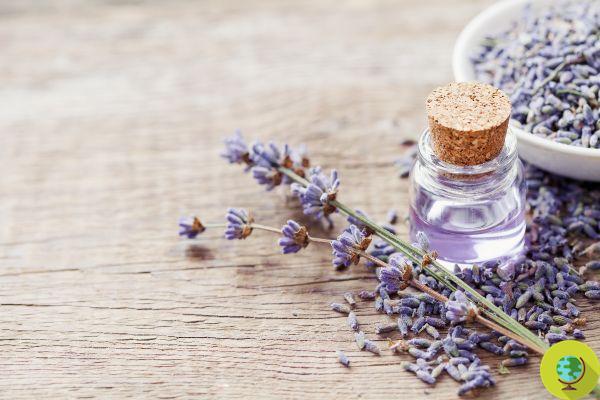
@Natallia Khlapushyna/123rf
Then, they identified events that affected the entire lavender genome, and in particular the terpenoid-producing genes. Finally, they associated the genes on the lavender genome sequences with different terpenoids present in the plant, to build gene-terpenoid networks.
Their results, published in a recent issue of Horticulture Research, reported the successful assembly of the 894,5 Mb lavender genome sequence spread across 27 chromosomes and could be the best quality lavender sequence assembly so far. .
Furthermore, the scientists were able to show that lavender exclusively underwent major genetic events, including two duplications of the whole genome, which allowed them to adapt better and thrive in colder Mediterranean climatic conditions.
Explaining their observations, Dr. Shi states, “Plants have the ability to duplicate their genomes and when that happens there is freedom for the duplicated genes to evolve to do other things. This has allowed plants to develop new machinery to produce a wide range of chemical compounds which are used to defend themselves against attacks by harmful microbes and herbivores and to attract beneficial species such as bees to promote pollination ”.
Indeed, this explanation is supported by the team's study findings. His team identified genetic duplications, which in turn led to the diversification of terpenoids. Upon further analysis, they also observed clusters of genes specifically corresponding to attractive and defensive terpenoids.
Dr. Shi also stated: “The introduction of lavender in China can be traced back to the 50s by the pioneers of the Institute of Botany, the Chinese Academy of Sciences. The degradation of cultivated species today is worrying; therefore, better varieties are needed, with which scientists can more easily develop new varieties, with which to produce high quality essential oils, to be used also for ornamental purposes and more resistant to pathogens and climate changes ”.
With this study, therefore, it can be hoped that the way will be opened for better varieties of lavender and, in addition, it is hoped for the development of research on interactions between volatile plants and the environment.
Photos: Nature.com
Could it be interesting for you:
- The legend of the lavender bloom in Provence (PHOTO)
- Lavender essential oil: 10 amazing uses for health and beauty
- That's why you should plant lavender right around this time
- Lavender lemonade for anxiety and headaches




